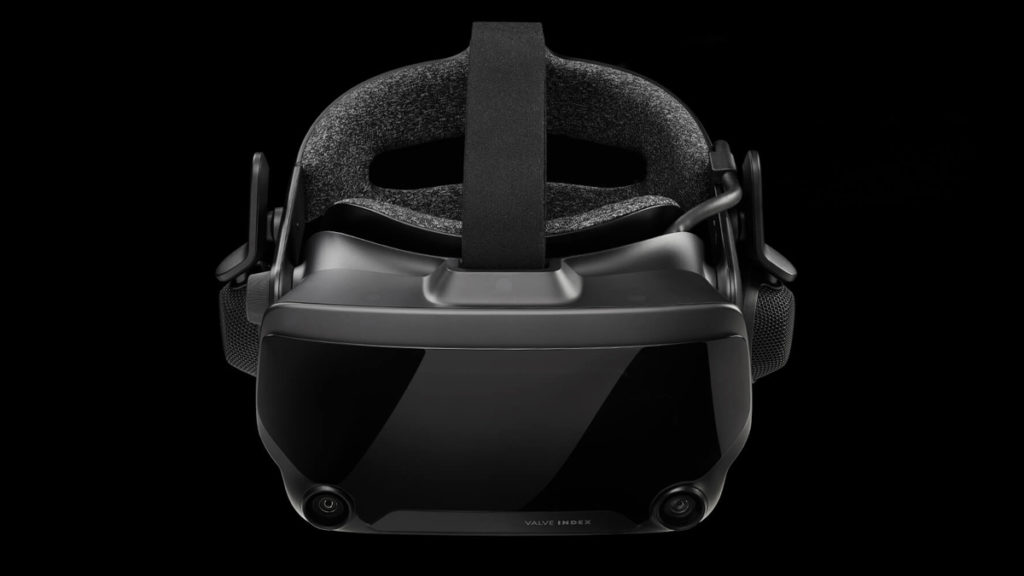
One of the bigger problems plaguing VR gaming is the dreaded screen-door effect, whereby images can look grille-like due to the close proximity of low-resolution headset displays. Samsung and Stanford may have stumbled upon a solution for that with their latest achievement: an OLED display that boasts an incredible 10,000 PPI.
While the display’s feasibility for mass manufacturing is unknown, this level of density is miles ahead of the technology used in modern headsets such as the Oculus Quest 2 and Valve Index, which are limited to 1832 x 1920 and 1440 x 1600 per eye, respectively. The specification also blows away your typical OLED TV (100 to 200 PPI).
Thanks to a unique emission process that leverages layers of reflective film and a surface of microscopic pillars, Samsung and Stanford’s display is capable of much brighter and vibrant images than current OLEDs, which rely on color filters. As IEEE Spectrum explained in its coverage, these filters not only limit production size, but the luminosity and efficiency of a panel as well.
“If you think of a musical instrument, you often see an acoustic cavity that sounds come out of that helps make a nice and beautiful pure tone,” noted Mark Brongersma, an optical engineer at Stanford University. “The same happens here with light — the different colors of light can resonate in these pixels.”
What’s really interesting is that this new OLED technology can actually far exceed 10,000 PPI.
“According to our simulation results, the theoretical scaling limit of pixel density is estimated to be 20,000 pixels per inch,” said Won-Jae Joo, a nanophotonic engineer with Samsung. “The challenge is the trade-off in brightness when the pixel dimensions go below one micrometer.”
As we hinted above, there’s no indication that this OLED technology will actually make it to market (it sounds delicate, which means expensive), but it could lead to a huge breakthrough in VR realism.
